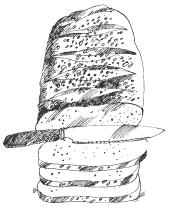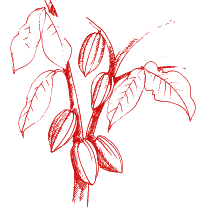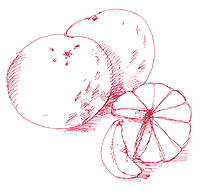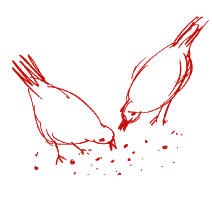Green Bean and Cherry Tomato Salad with Herb Dressing
The tomato plant is native to the Americas, and was cultivated by Aztecs in Central America as early as 700 A.D. The earliest tomatoes probably resembled the cherry tomato, with small fruits growing in clusters on vines. Cherry tomatoes grow vigorously and produce copious amounts of fruit even when grown in containers. For best results, plant tomato transplants outdoors after danger of frost has passed. Tomato plants need warm temperatures, bright sunlight and even soil moisture. Early varieties are ready for harvest in 60 days or fewer, but most tomato crops mature in 70 to 80 days.


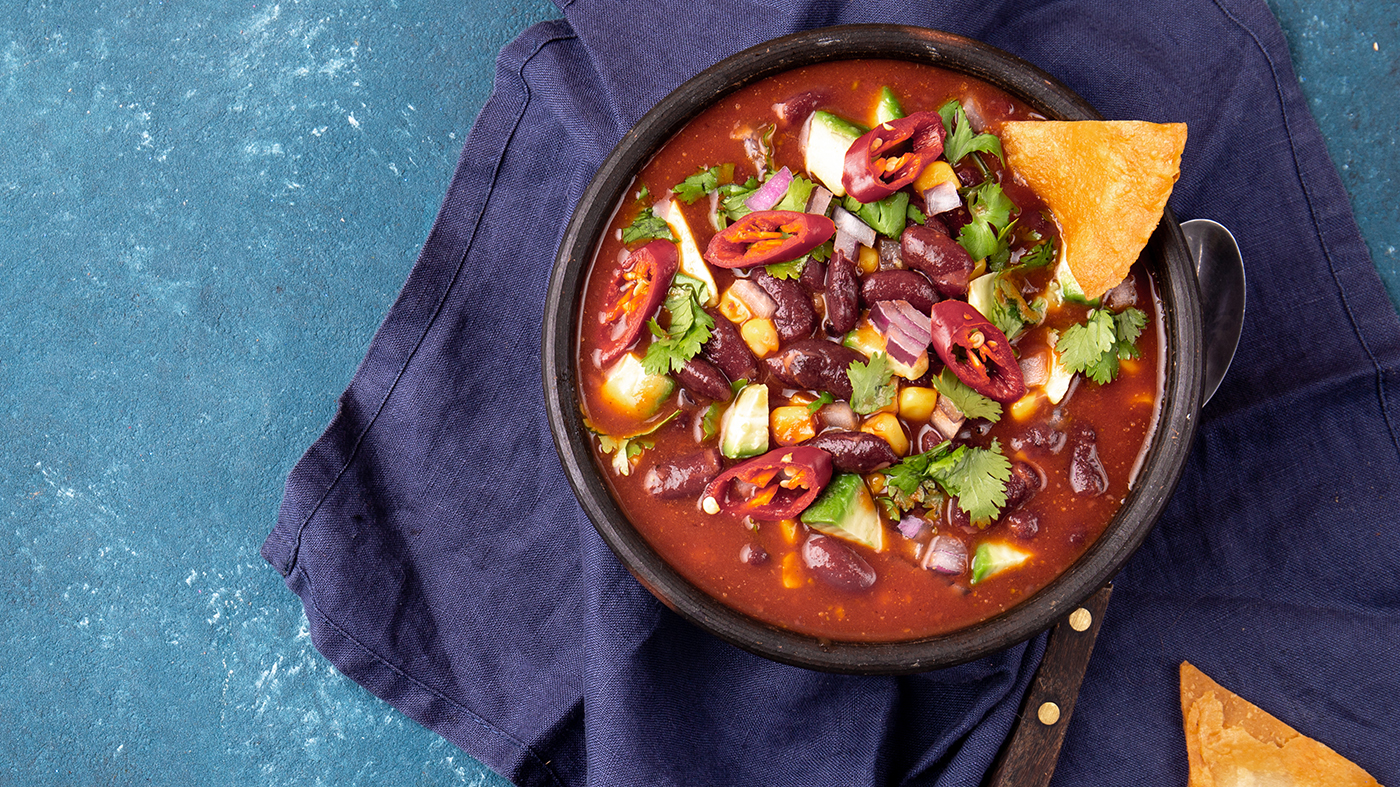
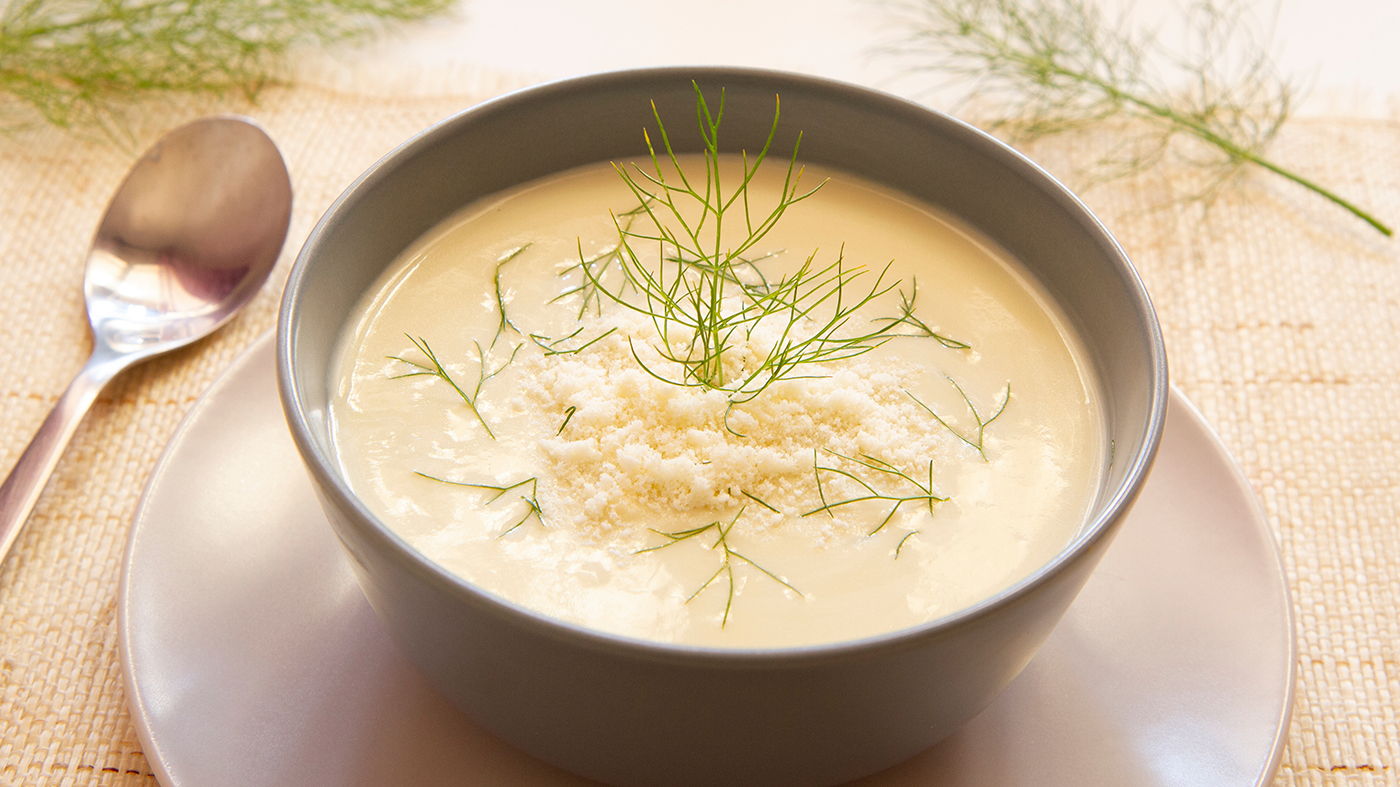
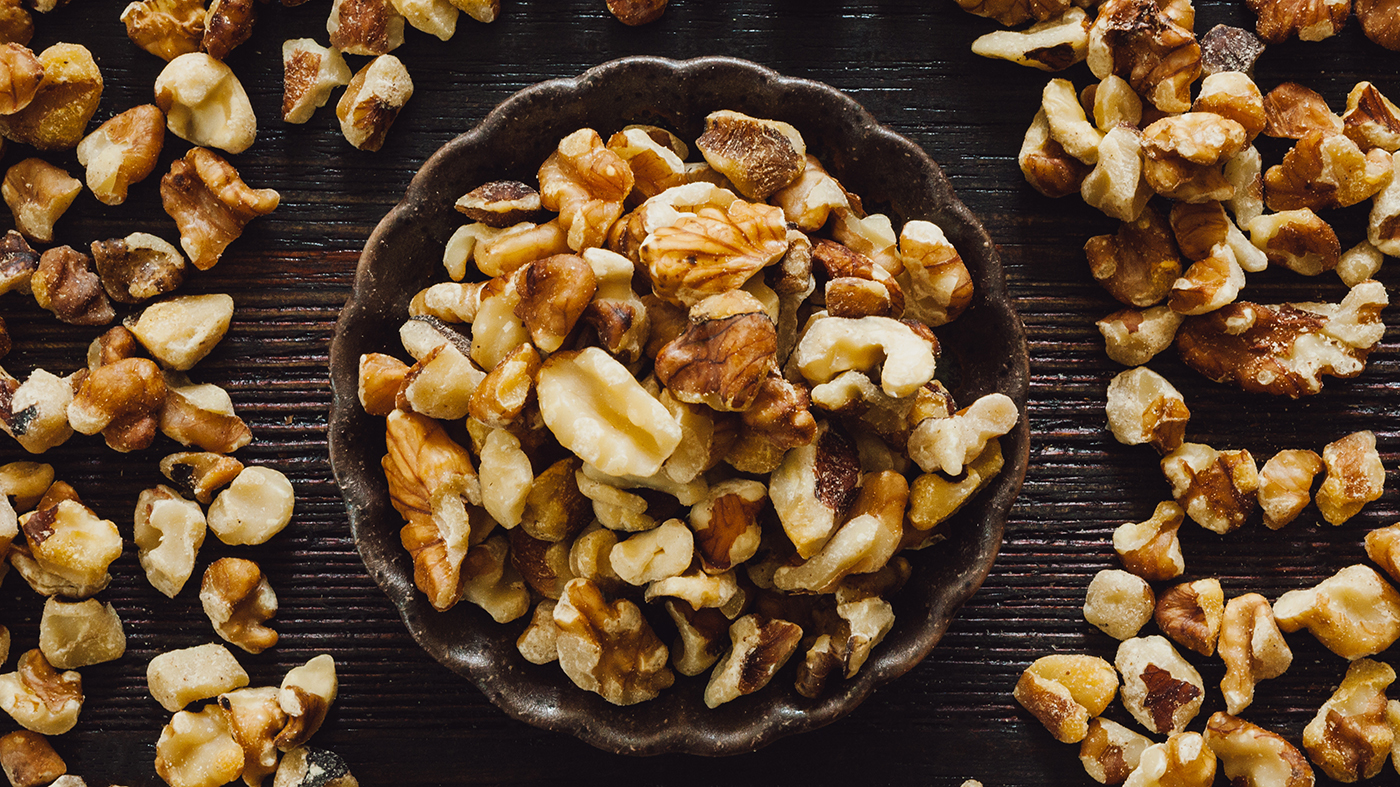
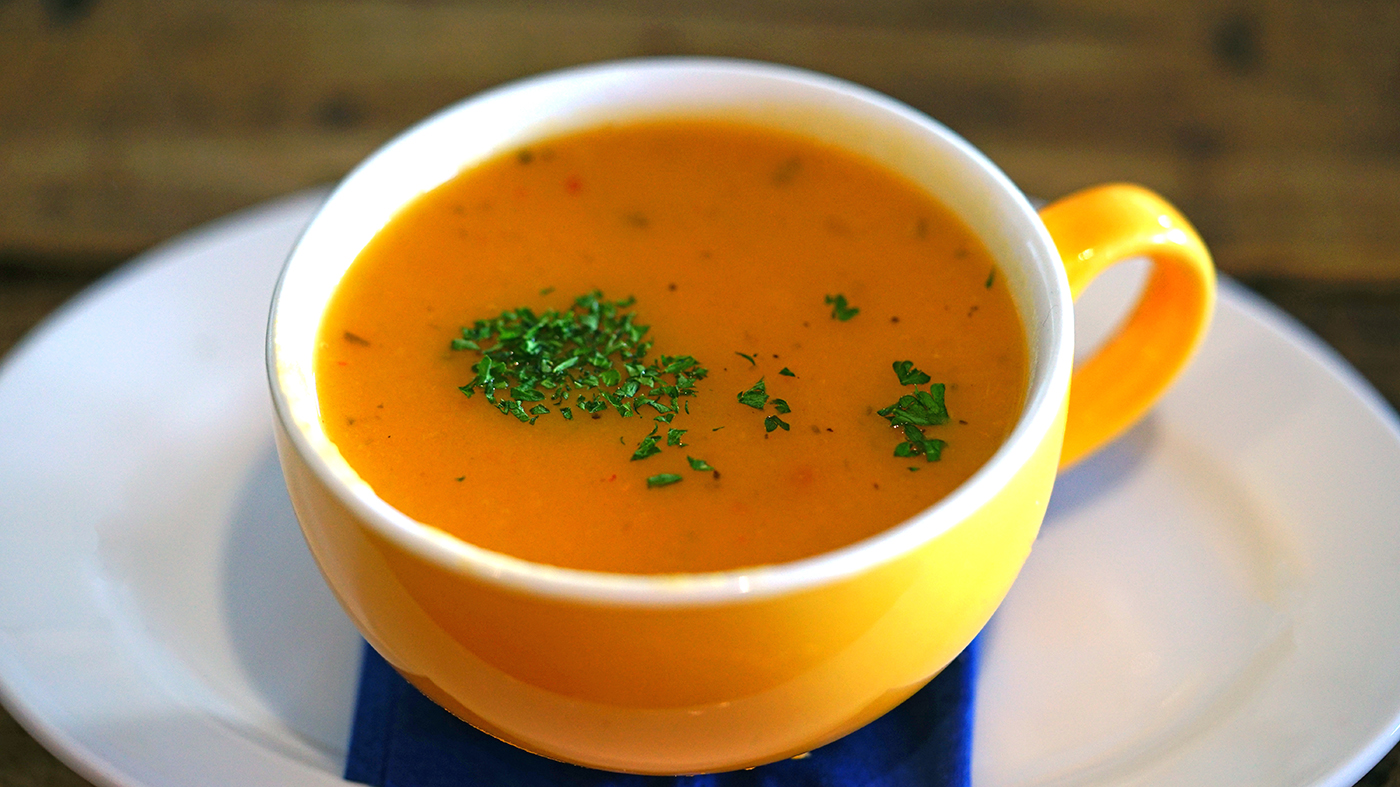
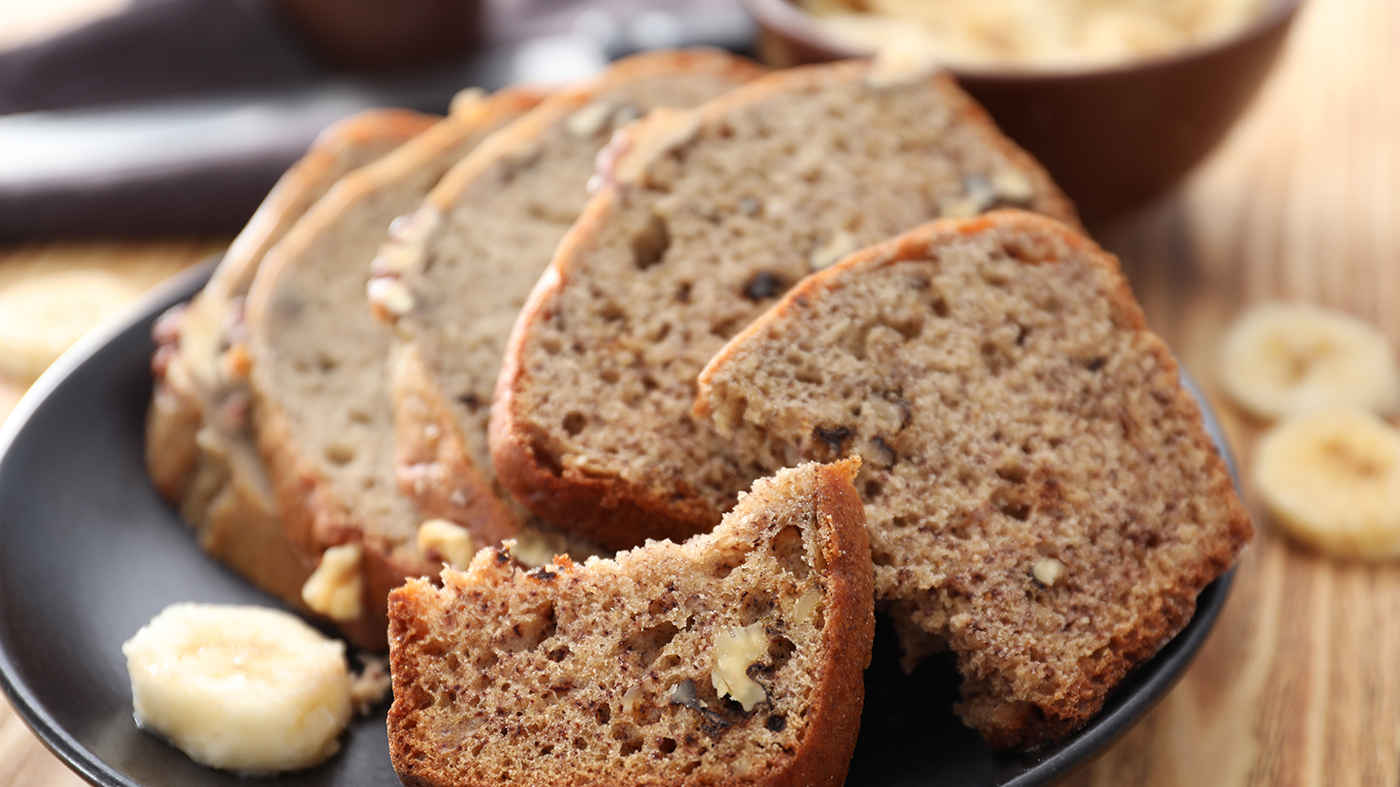



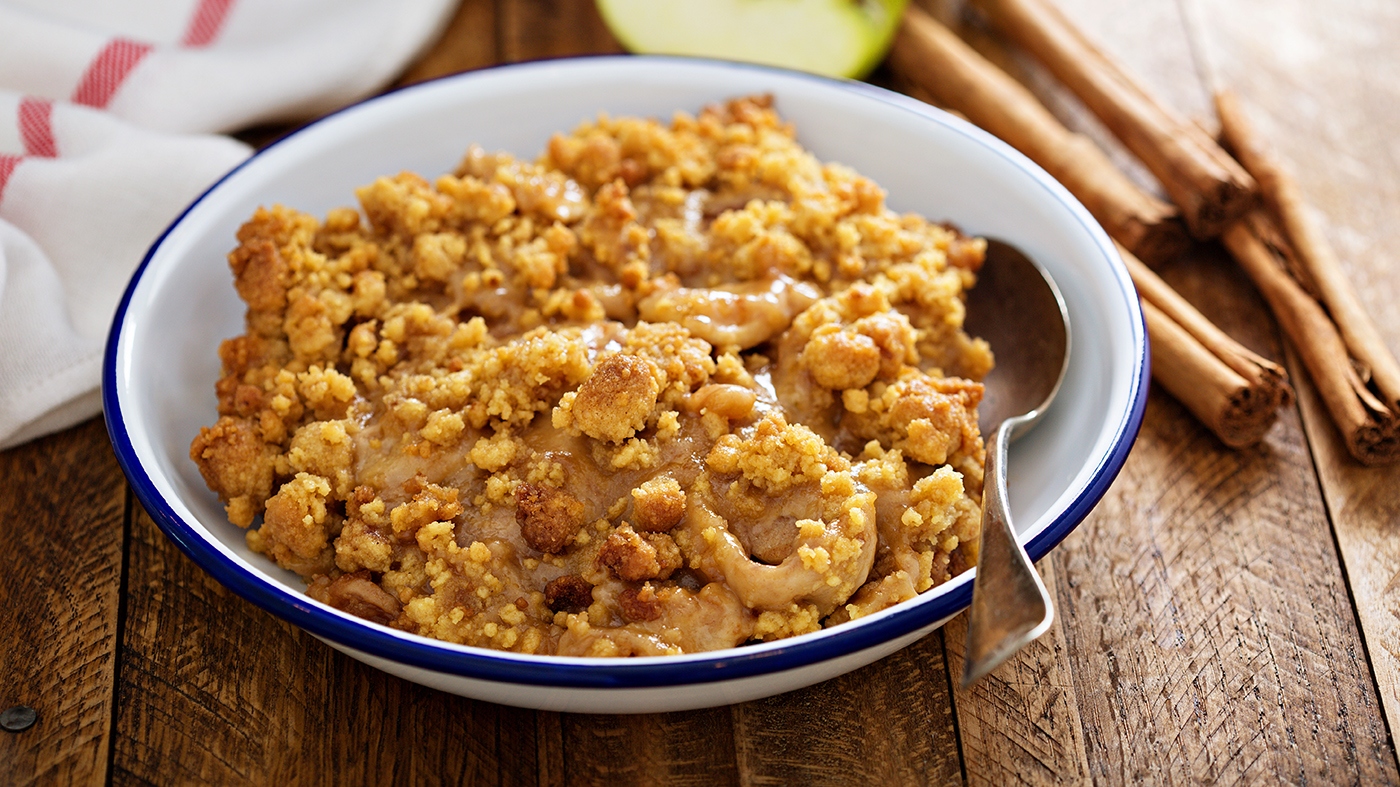
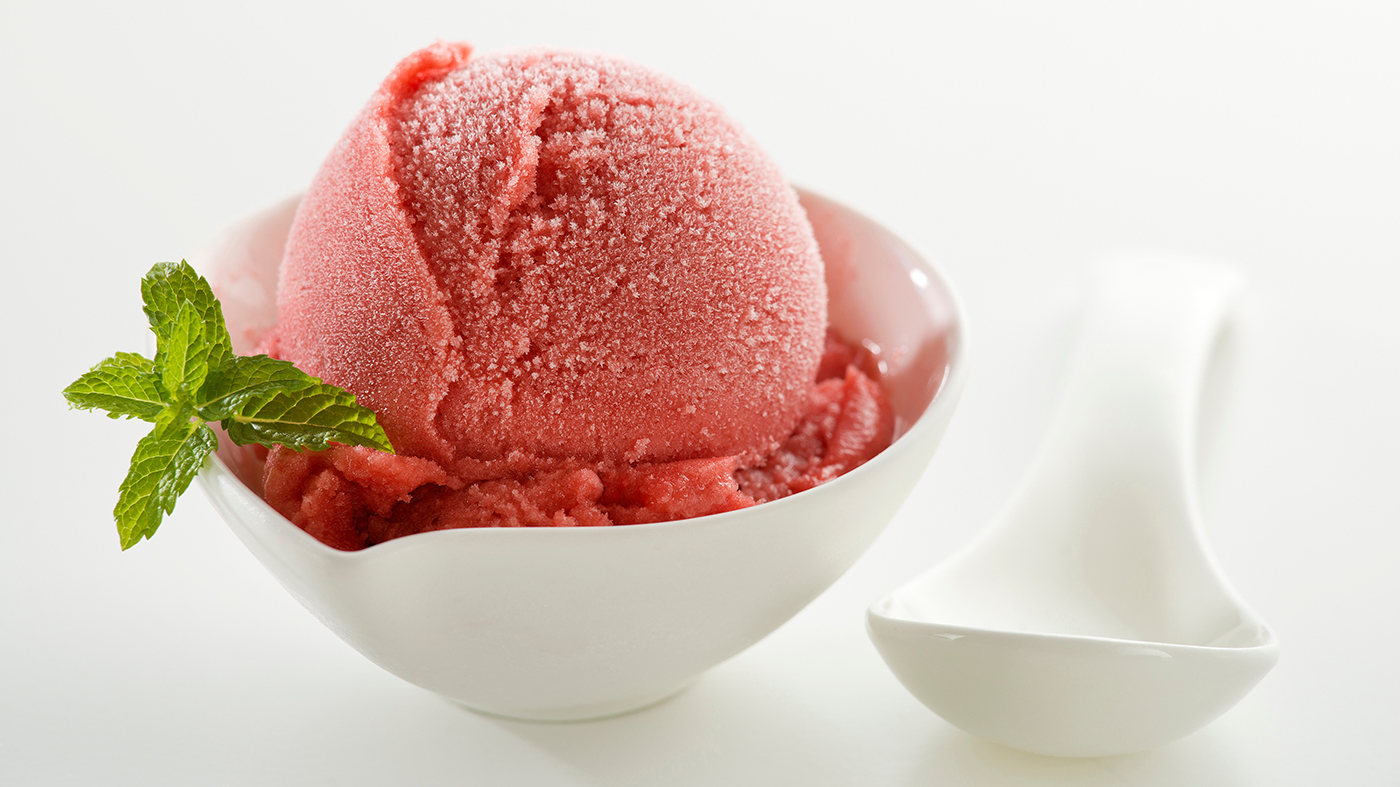
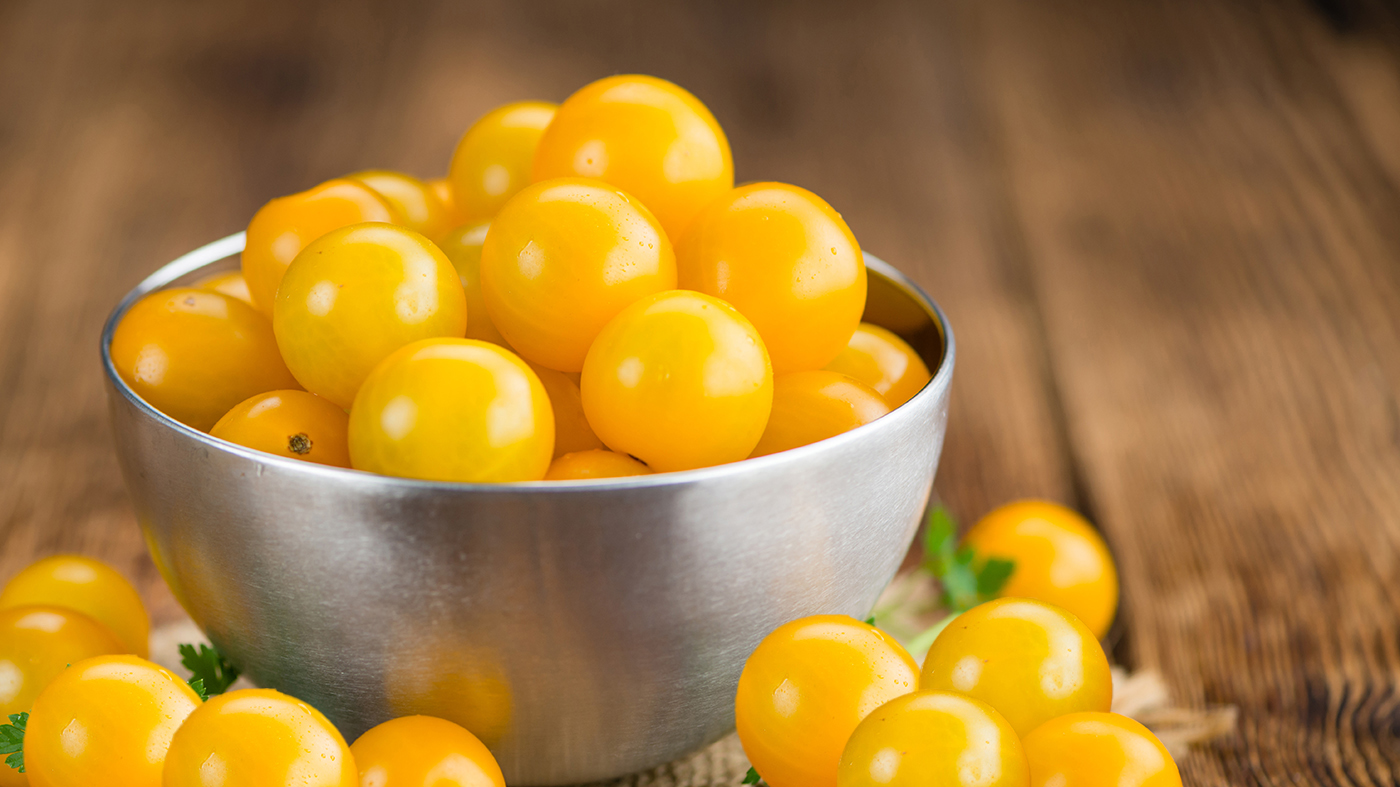
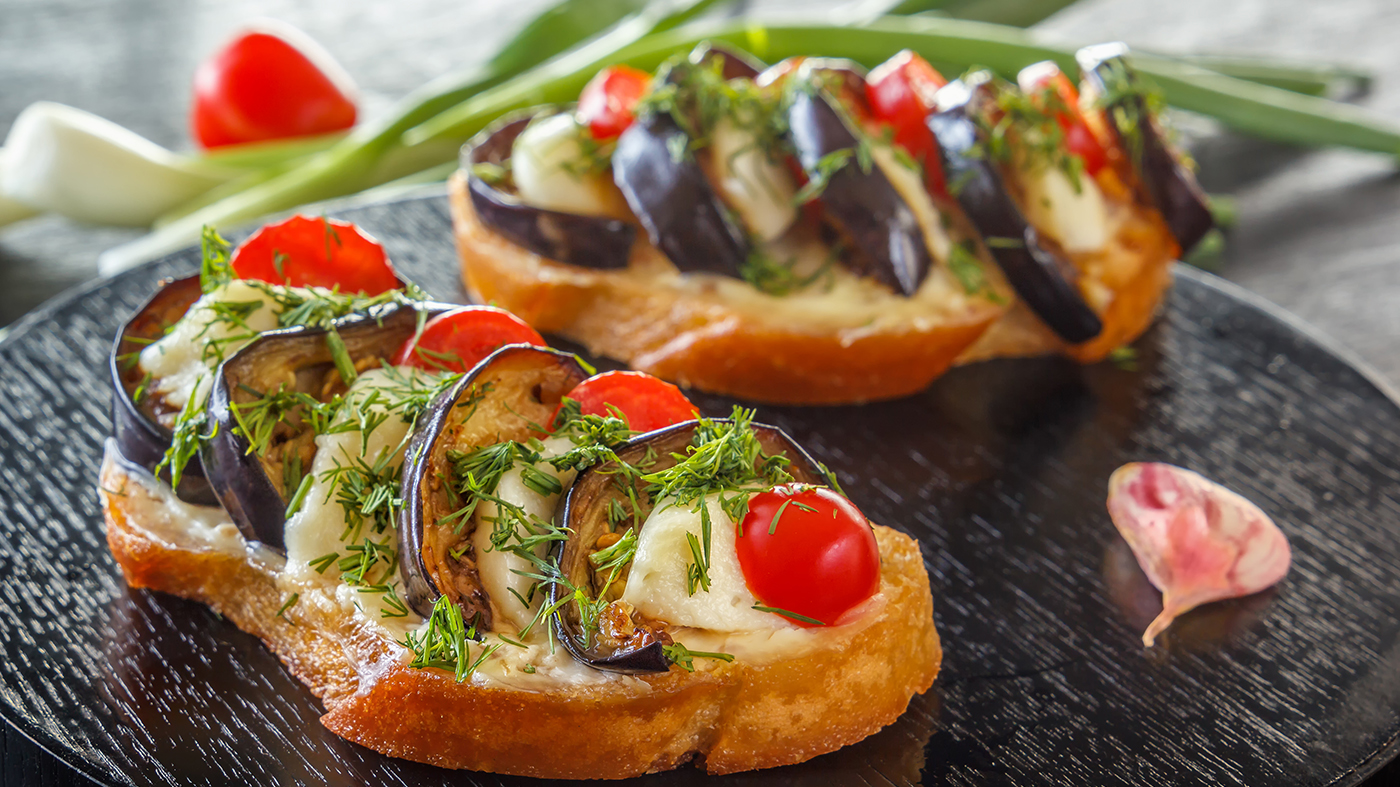
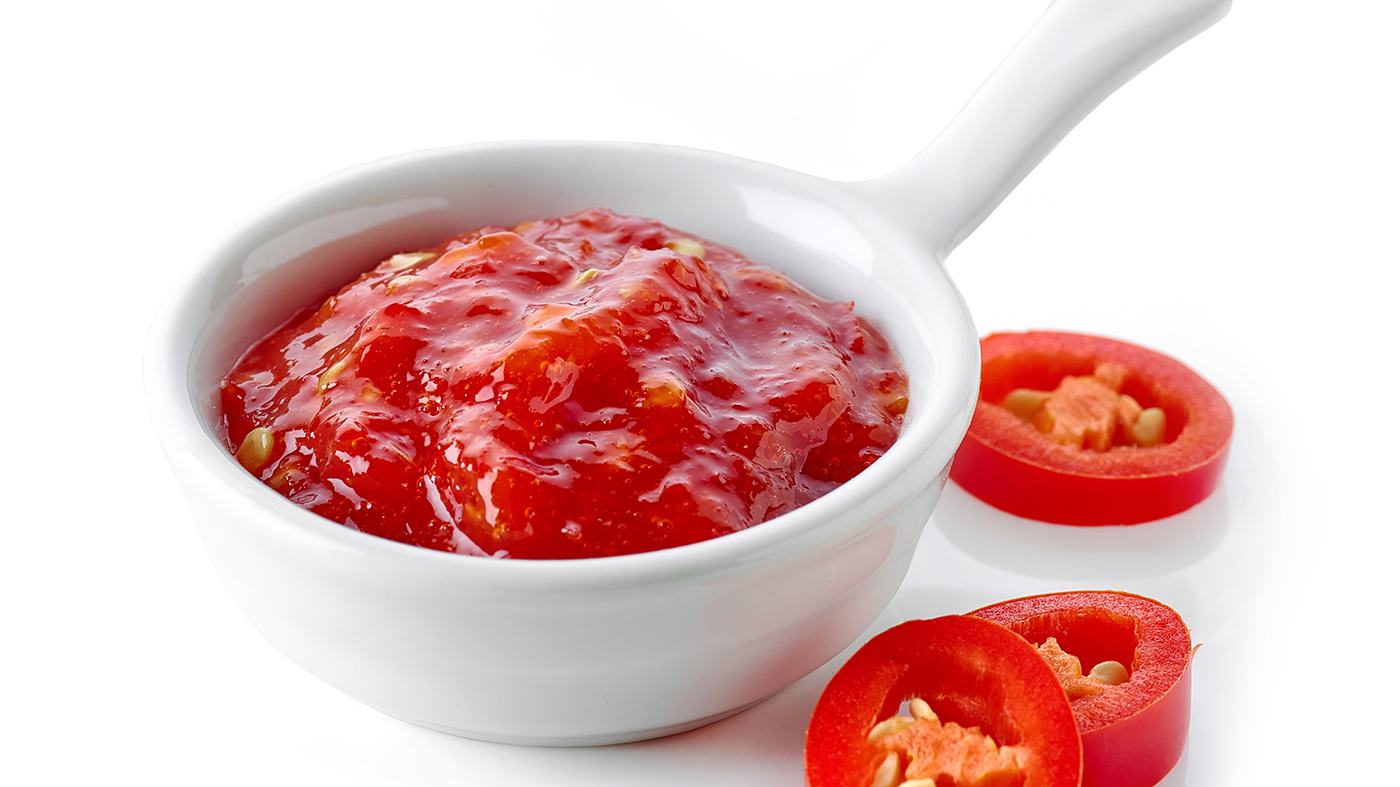
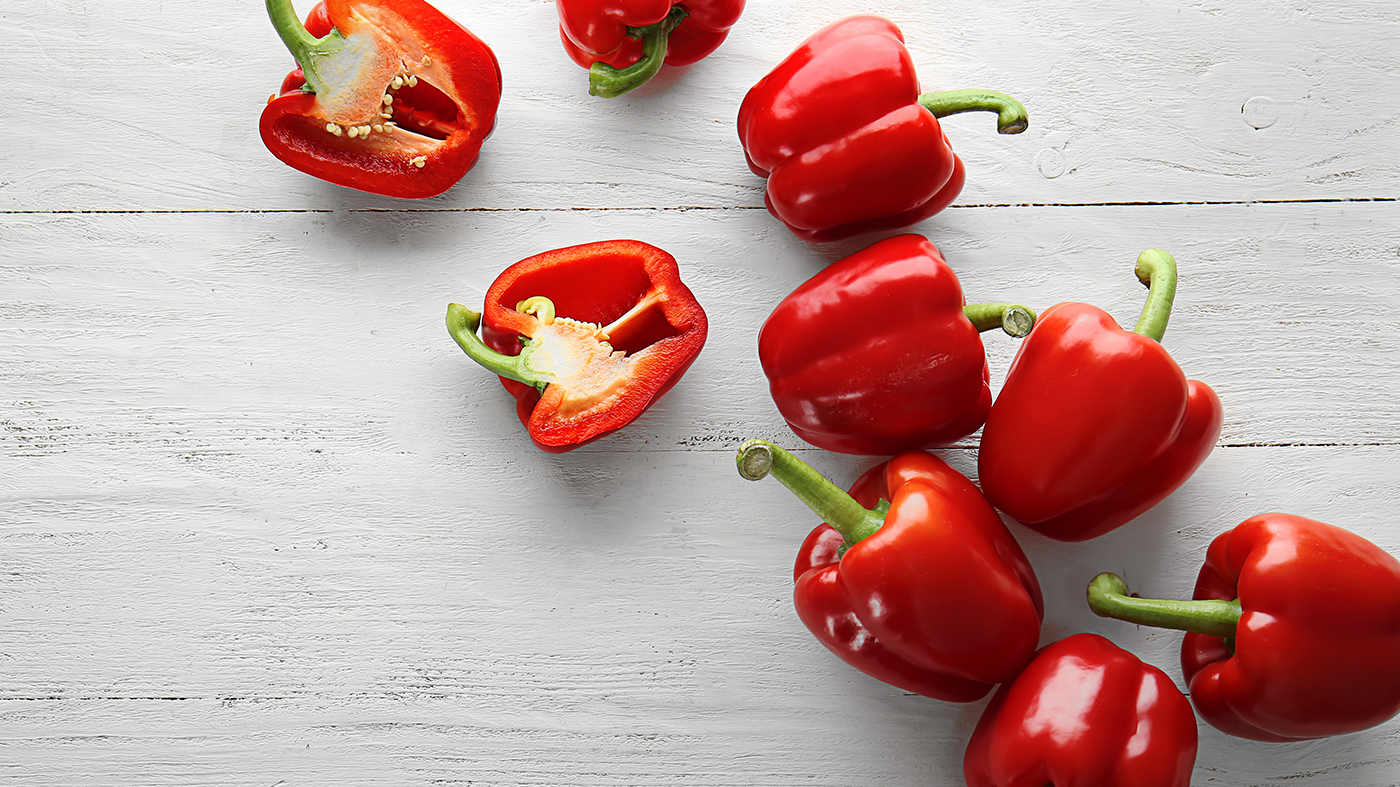
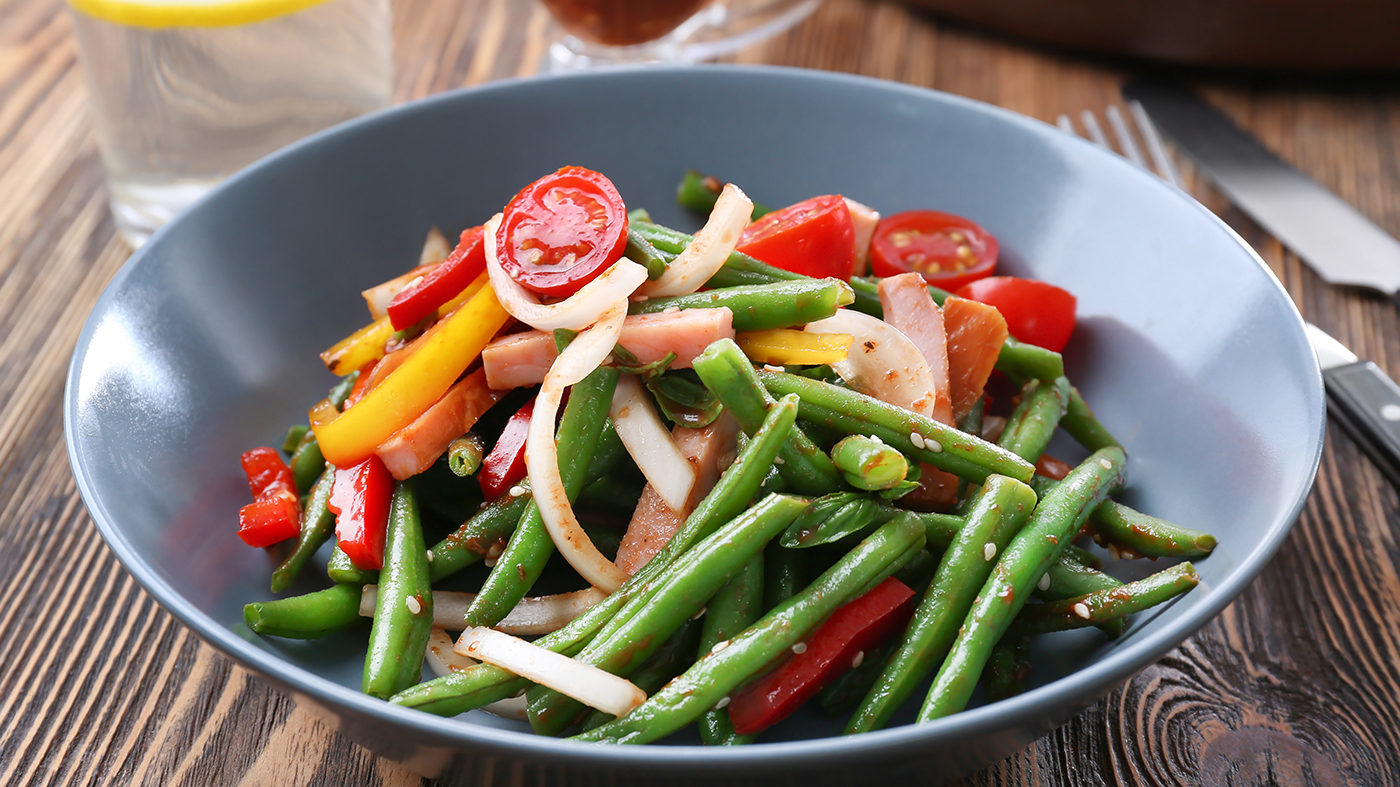
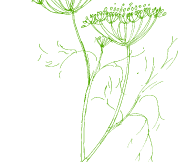
 Zucchini, a summer squash, is native to the Americas (as is winter squash). Zucchini belongs to the family Cucurbita, along with cucumbers and melons. Dating back from 7,000 to 5,500 b.c., this Mexican native was an integral part of the ancient diet of maize, beans and squash. That pre-Columbian food trio is still the mainstay of Mexican cuisine and is known as the "three sisters."
Zucchini, a summer squash, is native to the Americas (as is winter squash). Zucchini belongs to the family Cucurbita, along with cucumbers and melons. Dating back from 7,000 to 5,500 b.c., this Mexican native was an integral part of the ancient diet of maize, beans and squash. That pre-Columbian food trio is still the mainstay of Mexican cuisine and is known as the "three sisters."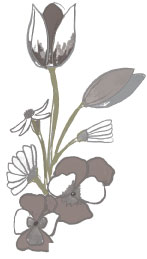
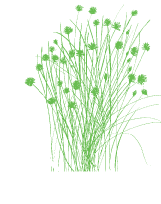
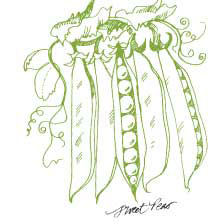
 Asparagus is a member of the lily family and is related to onions, leeks and garlic. First cultivated in Greece about 2,500 years ago, it is the premier vegetable of spring. Grown for its slender, immature stalk, this perennial plant multiplies through its root system and will grow for many years in climates where the soil freezes.
Asparagus is a member of the lily family and is related to onions, leeks and garlic. First cultivated in Greece about 2,500 years ago, it is the premier vegetable of spring. Grown for its slender, immature stalk, this perennial plant multiplies through its root system and will grow for many years in climates where the soil freezes.
 Spinach (Spinacia oleracea) is a native of Central and Southwest Asia. In the early 1600s, it was brought to America, where its nutritional value and versatility have made it a valuable market crop ever since.
Spinach (Spinacia oleracea) is a native of Central and Southwest Asia. In the early 1600s, it was brought to America, where its nutritional value and versatility have made it a valuable market crop ever since. While mushrooms may appear to be a type of plant, they are classified in the fungi kingdom. Mushrooms are the “fruiting body” of a fungus. While we are most aware of the mushrooms we see at the market, another important type of fungus is yeast.
While mushrooms may appear to be a type of plant, they are classified in the fungi kingdom. Mushrooms are the “fruiting body” of a fungus. While we are most aware of the mushrooms we see at the market, another important type of fungus is yeast.